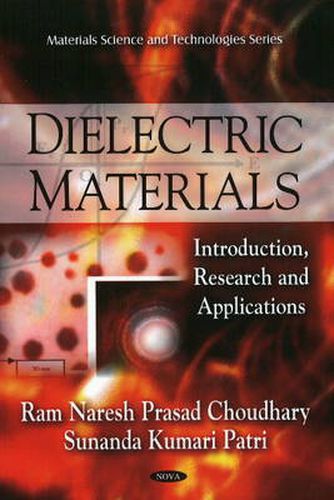Readings Newsletter
Become a Readings Member to make your shopping experience even easier.
Sign in or sign up for free!
You’re not far away from qualifying for FREE standard shipping within Australia
You’ve qualified for FREE standard shipping within Australia
The cart is loading…






In reviewing the growth, development and properties of dielectrics, it is worth discussing the issues of creating new materials and understanding the origin of the properties shown with external stimuli. Beginning with a brief summary of the history of the dielectric materials, this review focuses on the chronological development and recent works with possible future applications. At present, the broad class of dielectrics becomes interesting from the point of view of its diverse applications in various fields. Solid dielectrics are perhaps the most commonly used dielectrics in electrical engineering, and many solids are very good insulators. As we know, solids may be classified according to various criteria: (i) structure (as crystalline and non-crystalline solids); (ii) electrical conductivity (conductors, semiconductors and insulators); (iii) the existence of some basic properties. Dielectric materials can be divided into 32 crystal classes or point groups.
$9.00 standard shipping within Australia
FREE standard shipping within Australia for orders over $100.00
Express & International shipping calculated at checkout
In reviewing the growth, development and properties of dielectrics, it is worth discussing the issues of creating new materials and understanding the origin of the properties shown with external stimuli. Beginning with a brief summary of the history of the dielectric materials, this review focuses on the chronological development and recent works with possible future applications. At present, the broad class of dielectrics becomes interesting from the point of view of its diverse applications in various fields. Solid dielectrics are perhaps the most commonly used dielectrics in electrical engineering, and many solids are very good insulators. As we know, solids may be classified according to various criteria: (i) structure (as crystalline and non-crystalline solids); (ii) electrical conductivity (conductors, semiconductors and insulators); (iii) the existence of some basic properties. Dielectric materials can be divided into 32 crystal classes or point groups.